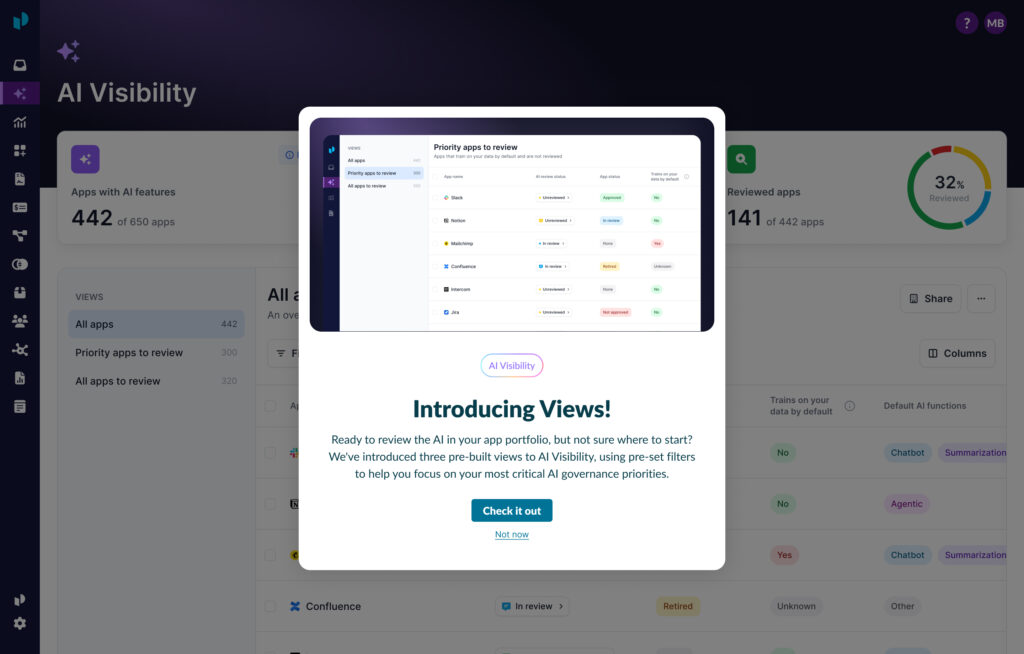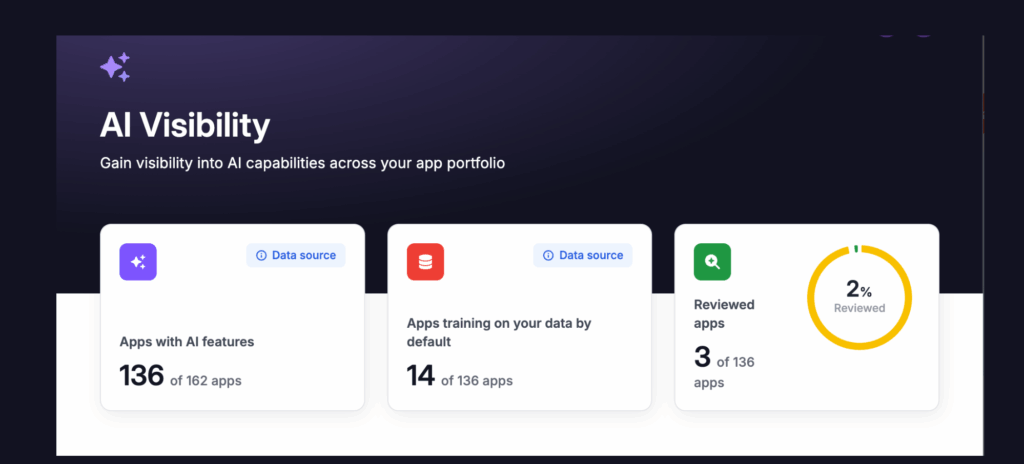
How to Measure And Boost Employee Productivity in the Workplace
Employees are a company’s most valuable asset – studies show that companies spend anywhere from 40-80% of their revenue on their employees. Yet, few truly understand the underpinnings of boosting employee productivity, let alone how to measure it.
In this post, we’ll examine what employee productivity is, how to measure it, and how to improve it using Productiv.
What Is Employee Productivity?
Employee productivity assesses the efficiency of an individual worker or a group of workers.
“Efficiency” refers to whether the employee generates more value than he or she consumes as well as the value he or she creates for a company.
It’s an important metric for companies because there’s a strong correlation between how productive your employees are and how successful your firm is.
Measuring Employee Productivity
Measuring employee productivity can be a complex subject because there’s more than one way to define the ways in which an employee is productive. You can consider the following when measuring employee productivity:
- Hours and effort – what are employees actually doing when they’re at work?
- Bottom-line production – what are the results of your employees’ efforts?
- Employee efficiency – how quickly are employees getting work done?
The Effect of Collaboration on Employee Productivity
Yet, these measurements leave out an important aspect of employee productivity: interactions with other employees and the impact of collaboration.
Collaboration drives employee productivity as well as corporate success.
In a study from the Institute for Corporate Productivity and a researcher from Babson College, authors revealed that companies that promoted collaboration were five times as likely to perform better than their less-collaborative competitors.
When there’s little collaboration that takes place, business results aren’t good. A 2012 Salesforce report cited this statistic: 86% of employees and executives believe lack of communication and collaboration is the cause of workplace failures.
How Do You Measure Collaboration in the Workplace?
Rather than asking, “Are my employees reaching peak productivity?” ask yourself about whether you have the right collaboration tools in place.
Moreover, if you have collaboration tools in place, do you know if employees are using them to their fullest potential?
Productiv: Helping You Measure Collaboration and Employee Productivity

That’s where Productiv comes in. Productiv’s flagship software evaluates application engagement analytics.
Here’s how Productiv measures collaboration and its impact on employee productivity:
- App engagement
- Use of premium features
- Tracking logins for collaboration applications
- Meeting collaboration tool adoption goals
- Streamlining collaboration tools
We’ll look at two aspects of how collaboration apps can boost employee productivity: how apps help employees do their jobs better through app engagement, and how apps help employees collaborate with each other.
App Engagement
The term app engagement has three components:
- How often employees use an app
- How many employees use an app
- Whether some employees use an app more than others
Overall, app engagement looks at which apps are useful for helping employees do their jobs better.
Why does app engagement matter when it comes to collaboration and employee productivity? It proves how valuable an app is to a company – the more employees use an app to get their work done, the more beneficial it is.
In addition, Productiv examines app engagement over time. Let’s say you rolled out instant messaging software; at the first stage of the implementation, adoption was very high. Over time, fewer people are adopting the app. Productiv helps you figure out why that is, so you can adapt and make necessary changes or training.
The Use of Premium Features
Raise your hand if this scenario sounds familiar: the vendor talked you into purchasing premium features for your collaboration software because he swore that they would deliver high ROI quickly.
However, once those features are implemented, how do you know that employees are actually using them?
Productive provides real-time analytics that give you insight into premium feature usage. You’ll see data on the license holders with premium feature access and learn whether there are any teams that are using those premium features more than others.
Tracking Logins for Collaboration Applications
To measure the most basic level of collaboration’s impact on employee productivity, Productiv tracks logins for collaboration SaaS apps. This shows you who’s logging into your collaboration apps and when, so you can see if employees are collaborating with one another.
However, just tracking logins is the tip of the iceberg. In the following sections, we’ll look at how Productiv takes a deeper dive into your collaboration apps.
Streamlining Collaboration Tools

When you have too many collaboration apps, you see app fatigue, and it becomes more difficult to manage them. How often has this situation unfolded: you have a project to finish, and you need to cite some statistics. However, you can’t remember whether those stats were in an email, a Slack message, or a Zoom chat (which might not even have been recorded).
Dropbox CIO Sylvie Veilleux talked about this challenge in our recent fireside chat:
“It is a problem when multiple tools are doing the same thing or when employees need to navigate between too many solutions to do their job – this fragmentation creates interruptions in workflows and impacts employee focus – at Dropbox we call this work about work.”
Dropbox CIO, Sylvie Veilleux
With Productiv, you can see all of your collaboration tools and determine which ones are helping your employees get work done and work together. That information helps you make smarter decisions about which apps you should continue to invest in.
Which Teams Are Collaborating?
Productiv provides data about app engagement and usage among specific teams. For example, you could see what Slack adoption is within your HR team and compare that to HR teams at other companies within your industry. That data helps you create realistic adoption goals that inform app adoption strategies.
This data tells you whether your collaboration tools are actually helping teams work together to accomplish organizational goals.
Meeting Collaboration Tool Adoption Goals
It’s natural to want 100% collaboration tool adoption – after all, you’ve invested in an app that’s supposed to boost employee productivity. Is that a realistic goal, though?
Productiv gives you access to industry benchmarks for collaboration app adoption. You can see adoption rates for collaboration software at companies in your industry. You can also see adoption statistics across teams, as mentioned in the previous section.
Productiv: Helping You Boost Employee Productivity with the Right Data
Productiv helps you boost employee productivity by giving you the right data about how employees use collaboration tools. With Productiv, you’ll learn whether the collaboration apps you’ve invested in are delivering ROI.
Get Productiv. See Usage. Manage Costs. Increase Productivity.
About Productiv:
Productiv is the IT operating system to manage your entire SaaS and AI ecosystem. It centralizes visibility into your tech stack, so CIOs and IT leaders can confidently set strategy, optimize renewals, and empower employees.





